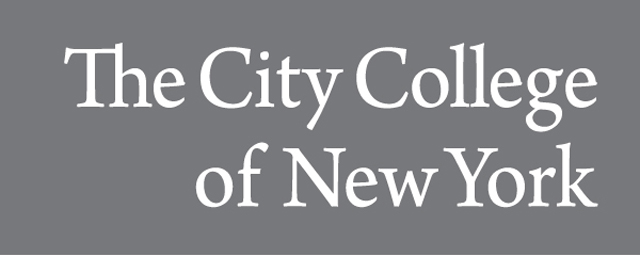
Dissertations and Theses
Date of Award
2022
Document Type
Dissertation
Department
Biomedical Engineering
First Advisor
Bingmei Fu
Keywords
Brain Tissue Transport; Endothelial Glycocalyx; Tight Junctions; Blood-Brain Barrier; Transcranial Direct Current Stimulation (tDCS)
Abstract
Transcranial direct current stimulation (tDCS) is a non-invasive approach to treat a broad range of brain disorders and to enhance memory and cognition in healthy individuals. In addition to directly acting on neurons by modulating the membrane potential, inducing neuronal polarization and changing cortical excitability in the brain to achieve its therapeutic effects, prior studies found that tDCS can transiently enhance the permeability (P) of the blood-brain barrier (BBB), the interface between blood circulation and brain tissue. Brain extracellular space (ECS) is a narrow microenvironment which surrounds every cell in the central nervous system (CNS). ECS occupies ~20% of brain tissue and contains interstitial fluid with ions and negatively charged extracellular matrix (ECM). The first part of the dissertation aimed to show that tDCS can also modulate ECS by transiently increasing solute brain tissue diffusion coefficients (Deff). In vivo multiphoton microscopy was used to quantify Deff in rat brain 5-30 min post tDCS. A mathematical model was applied to further predict the effect of tDCS on the ECS width and ECM density.
By combining a transport model for the BBB with the in vivo data, a recent study predicted that one mechanism of tDCS enhancing the BBB permeability is to temporarily disrupt the endothelial glycocalyx (EG) and tight junctions of the BBB. The second part of the dissertation aimed to confirm this prediction indirectly in vivo by quantifying the BBB permeability to solutes with the same size but carrying opposite charges under control and after tDCS treatment. Since only the EG and the ECM in the BM of the BBB carry negative charges, if they are disrupted by tDCS, the BBB permeability should become identical for the solutes with the same size but opposite charges.
Due to the transient and nano-meter scale changes in the BBB by tDCS, it is challenging to measure the alteration of EG and tight junctions in vivo. Instead, the third part of the dissertation quantified the EG and tight junctions by using in vitro BBB models formed by brain microvascular endothelial cell monolayers and investigated the cellular mechanism by which DCS modulates these structural components.
Recommended Citation
Xia, Yifan, "Modulation of Brain Tissue Transport and Endothelial Glycocalyx and Tight Junctions of the Blood-Brain Barrier by Transcranial Direct Current Stimulation" (2022). CUNY Academic Works.
https://academicworks.cuny.edu/cc_etds_theses/1053
Included in
Bioimaging and Biomedical Optics Commons, Biomechanics and Biotransport Commons, Molecular, Cellular, and Tissue Engineering Commons

